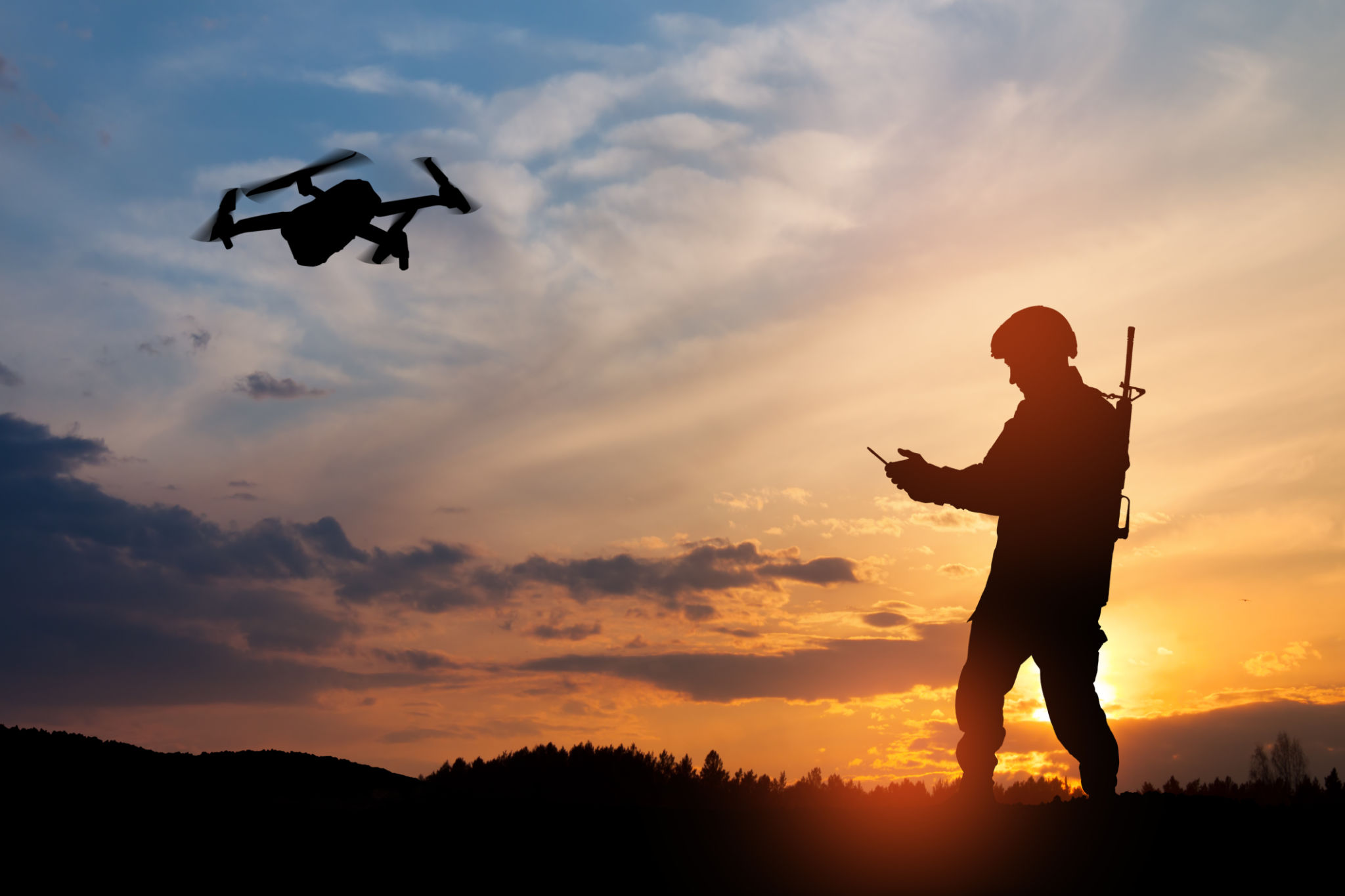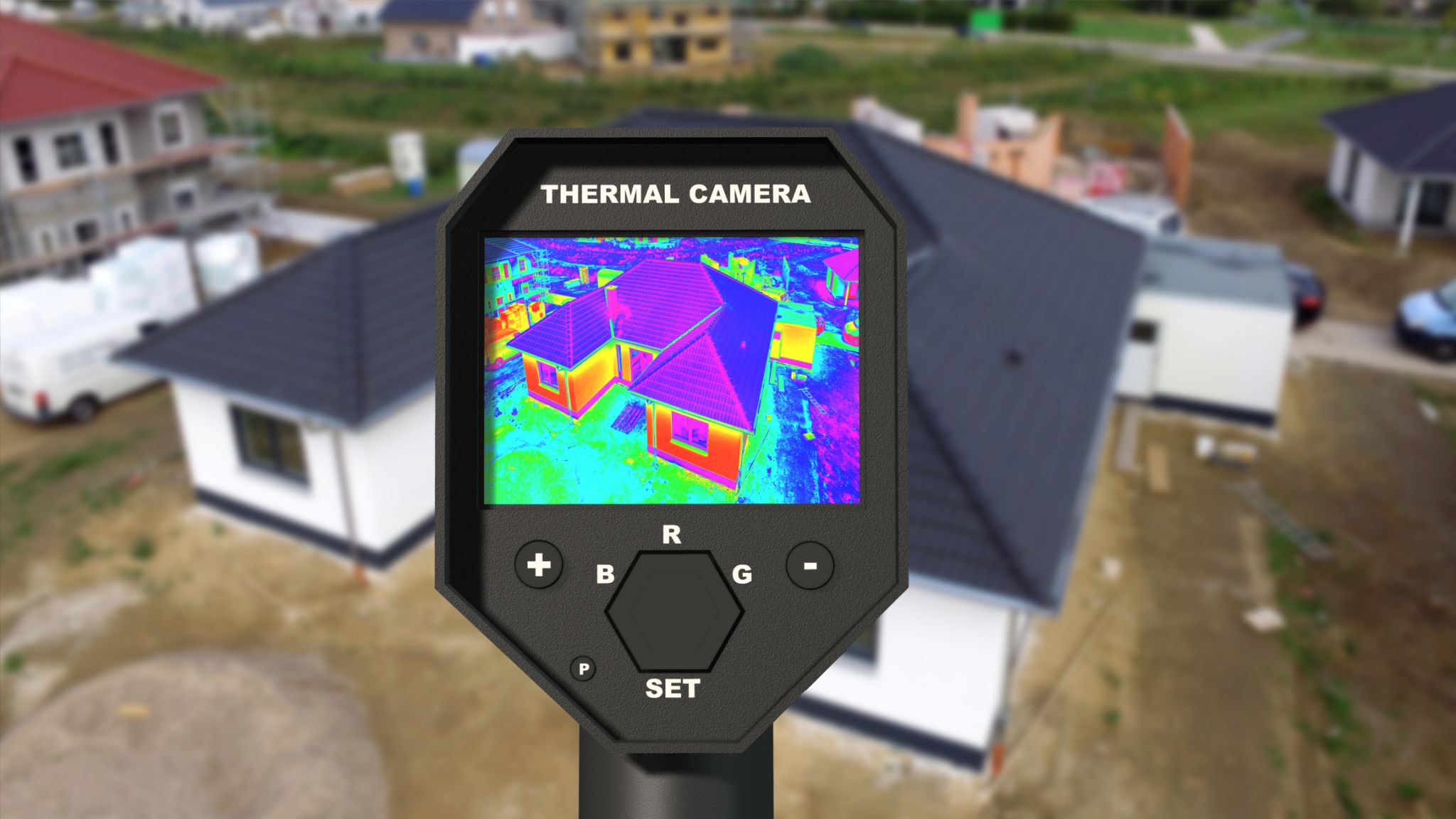Top 5 Myths About Drone-Based Thermal Imaging: Debunked
Unveiling the Truth About Drone-Based Thermal Imaging
Drone-based thermal imaging has rapidly become a game-changer in various industries, from agriculture to public safety. Despite its growing popularity, several myths continue to circulate, creating misconceptions about its capabilities and applications. In this post, we aim to debunk the top five myths about drone-based thermal imaging and provide clarity on this innovative technology.

Myth 1: Thermal Imaging Drones Can See Through Walls
One of the most persistent myths is that thermal imaging drones can see through walls. In reality, these drones detect heat signatures emitted from surfaces, not through them. While they can identify heat escaping from a building and help in pinpointing areas of energy loss, they cannot visualise objects behind solid barriers. The ability to detect temperature differences on exterior surfaces makes them valuable for insulation inspections and identifying structural issues.
It's crucial to understand that their effectiveness lies in surface temperature detection, providing insights into what's happening within the structure based on external heat patterns.
Myth 2: They Only Work in Complete Darkness
Another common misconception is that thermal imaging drones are only effective in complete darkness. Thermal cameras detect infrared radiation, which is unaffected by visible light conditions. This means they can operate effectively both day and night. In fact, their ability to function without reliance on ambient light makes them an excellent tool for search and rescue missions, where visibility might be compromised by smoke, fog, or other environmental factors.

Myth 3: Thermal Imaging Is Too Expensive for Small Businesses
Many believe that the cost of drone-based thermal imaging is prohibitive for small businesses. While it's true that initial investments can be significant, the long-term benefits often outweigh the costs. Thermal imaging can enhance efficiency and safety, reducing operational downtime and costly repairs. Additionally, as technology evolves, the cost of acquiring and operating these drones continues to decrease, making them more accessible to smaller enterprises.
Moreover, many service providers offer affordable options for businesses looking to utilise thermal imaging without purchasing their own equipment.
Myth 4: All Thermal Cameras Are the Same
Not all thermal cameras are created equal. There’s a wide range of thermal cameras available with varying resolutions and sensitivities. Higher-resolution cameras provide more detailed images, which can be crucial for specific applications like precision agriculture or detailed inspections. It's essential to choose the right type of camera based on the intended application to ensure optimal results.

Myth 5: Thermal Imaging Provides Real-Time Data
While thermal imaging can offer real-time data, the speed and accuracy of the information depend on several factors such as camera resolution and processing capabilities. It's important to note that post-processing analysis is often required to make sense of the collected data fully. This analysis allows for detailed insights and interpretations that are not immediately apparent in the live feed.
Therefore, while real-time data is accessible, comprehensive understanding often relies on further examination and expertise.
In conclusion, understanding the capabilities and limitations of drone-based thermal imaging is essential for leveraging its full potential. By debunking these myths, businesses and individuals can make informed decisions about incorporating this technology into their operations, ultimately enhancing productivity and safety across various sectors.